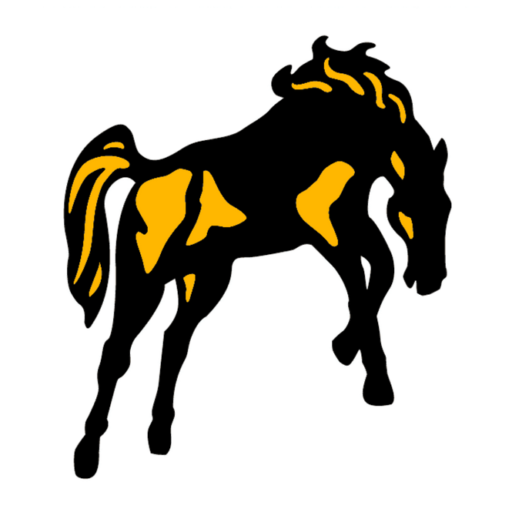I’d love to take credit for this provocative title, but I can’t. This phrase was first used 45 years ago when a study showing little or no relationship between training and work performance was published.
More recently, it was used by a Harvard Business School working paper which demonstrated the same findings.
What a Haul!
Since 2012, U.S. companies have spent more than $150Bn every year on education and training. That’s a lotta dough! Incredibly, survey data collected from HR and training professionals peg the effectiveness of these programs at… are you sitting down?… between 10% and 50%.
That means $75 – $135 billion training dollars is wasted EVERY year. No results to show for it.
How can this happen?
- Remember all those times executives and managers were told that their problem wasn’t a training issue and they said “train ’em anyways?”
- Or someone mistakenly thought a situation could be improved by training when, in reality, it couldn’t and that big program that got rolled out with so much fanfare went nowhere?
- Or a knowledge issue that really only applied to a few select people ended up being required training for a lot of people who didn’t need it?
All of these costly wastes add up and up and up.
Understand and Fix the System FIRST, Then Train If–and Only If–Needed
The absolute best, most epic, training in the world will still fail if it’s the wrong solution for the problem.
Countless studies show that business performance problems are the result of overall system deficiencies, not lack of individual knowledge. This means that factors like an organization’s roles, responsibilities, reporting structure, standards and work flow primarily drive performance. Even if we teach people a better way to work, they can’t apply it to their situation, so all that time and resources is for nothing.
(BTW, the factors above are the very definition of a Value Stream, which is what Lean aims to improve.)
Stop the Robbery
If you want to stop wasting training dollars (which will open up more money for training that is EFFECTIVE) the overall value stream needs to be fixed BEFORE you create or do ANY training!
And training departments are in a perfect position to help management identify these value stream issues. People come to you asking for training because they have problems to solve, right?
Applying Lean tools like Plan-Do-Check-Act, Good Problem Statements and SMART Goals will keep you from jumping the gun and help you create genuinely effective learning that is based on problems that training can actually solve. Even better, these tools can help you quantify the value of training, so you can not only justify your budget, but possibly increase it.
The Bottom Line
If you’re an L&D leader, ask yourself how much are you (inadvertently) contributing to the Great Training Robbery? How much money does your organization annually spend on education and training and how effective are these programs at changing behavior and improving performance on the job long term?
I know. It’s hard and the number could be scary. Just look it dead in the eye and vow to adopt a more effective approach. Remember, nothing will earn more respect for T&D than measurable proof of results! My Lean Learning Certification programs can help.
Let’s Ride!
Todd Hudson, Head Maverick
Follow me on LinkedIn



